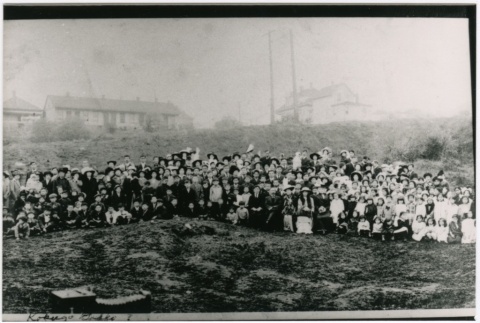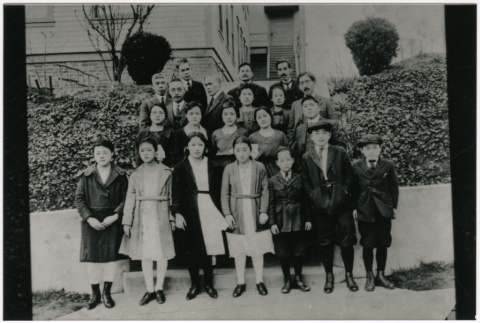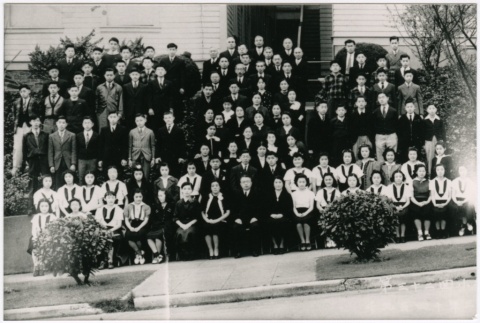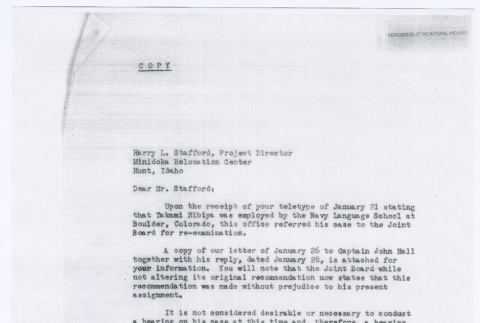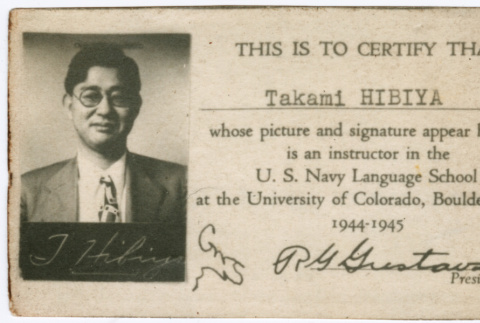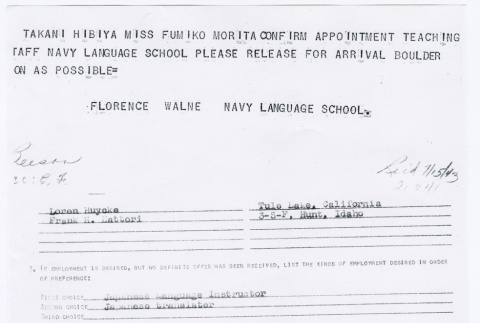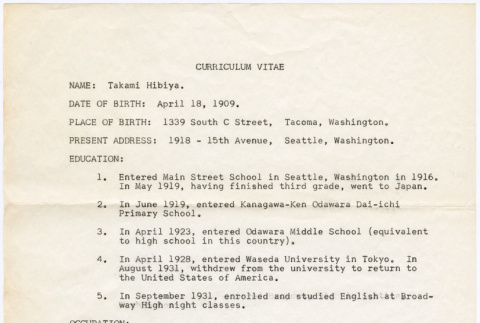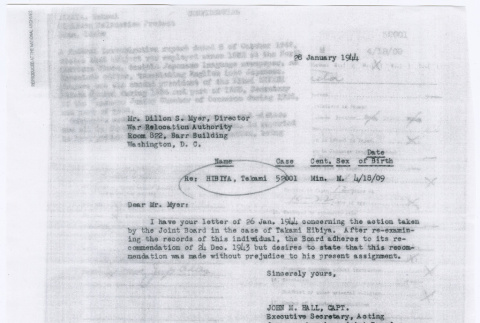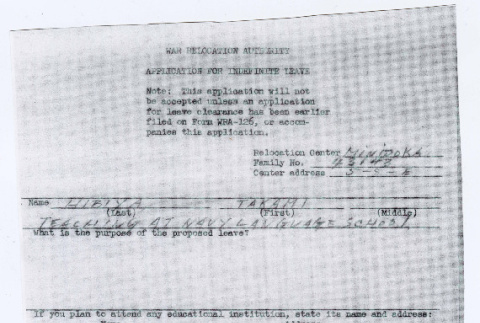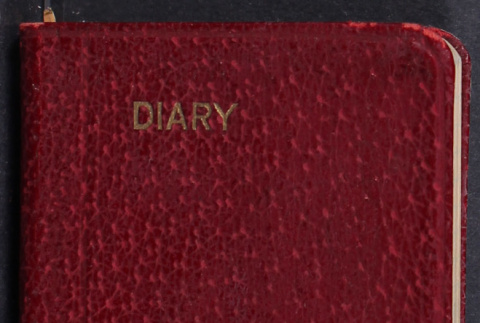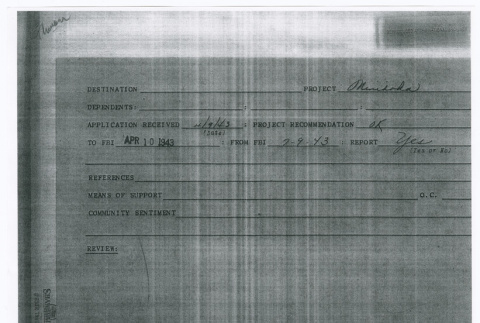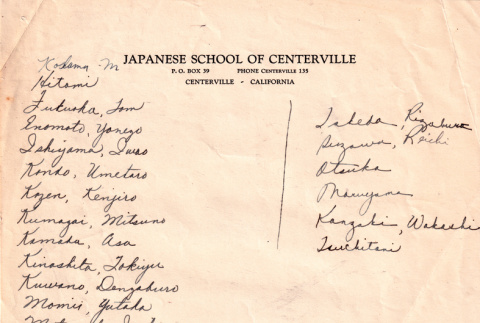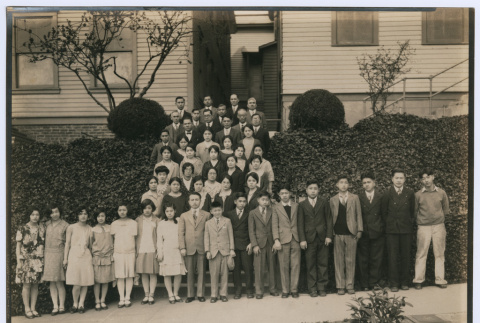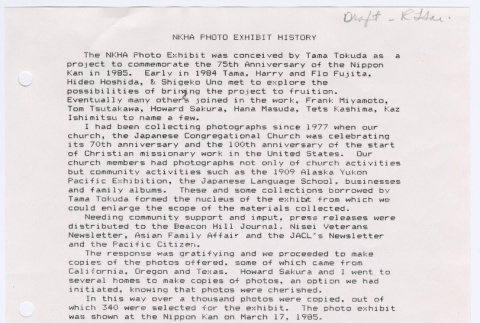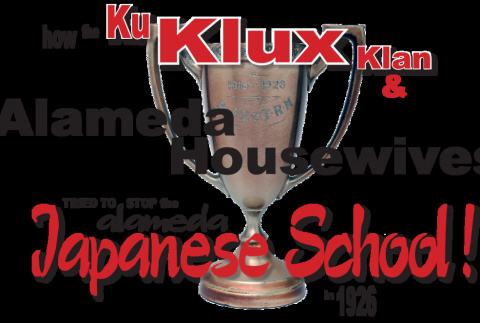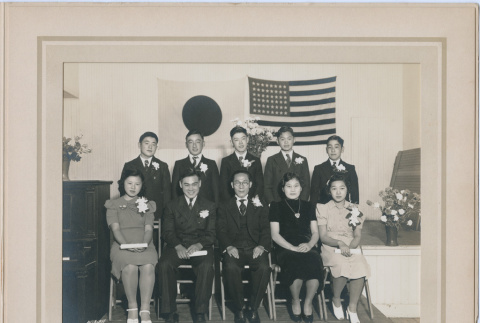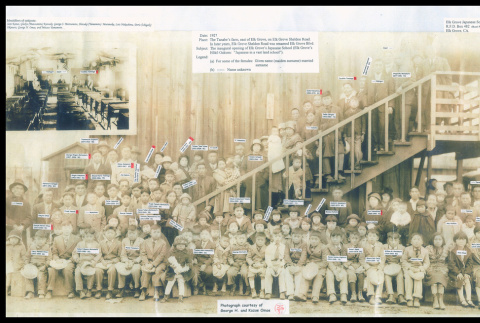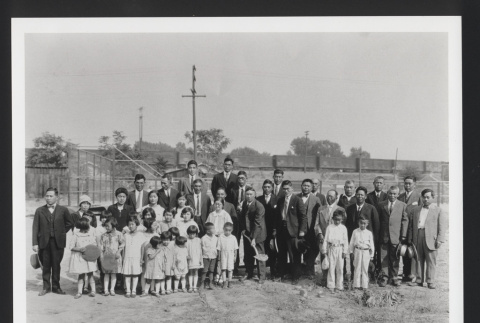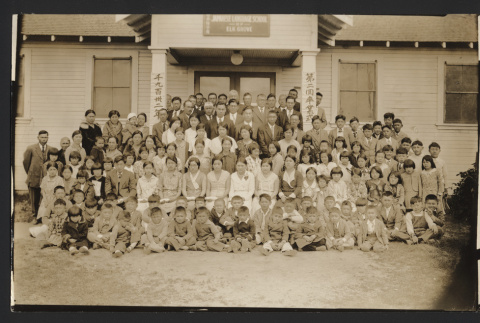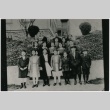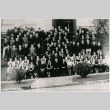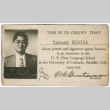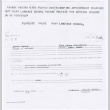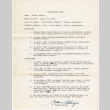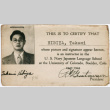Japanese language schools
Each day, after public school ended, Nisei (second-generation) children attended Japanese language schools for an hour's instruction in Japanese language and culture. Issei (first-generation) parents wanted their children to learn Japanese to help them succeed in the community and if they ever moved to Japan. The Nisei were moderately interested at best, and language acquisition was spotty. Japanese language schools were considered suspect after the attack on Pearl Harbor, and their principals were among the first arrested.
Education
(254)
Japanese language schools
(208)
Related articles from the
Densho Encyclopedia :
Japanese language schools,
Takie Okumura
208 items
208 items
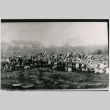
img
Groundbreaking event for the Japanese Language School (ddr-densho-353-288)
The school would be located on Weller Street.

img
Seattle English School summer class (ddr-densho-353-273)
The summer class was run by Mr. Yoshida.

doc
Letter to Harry L. Stafford about denial of Takami Hibiya's leave clearance (ddr-densho-381-144)
A letter, most likely from Dillon S. Meyer, replying to Harry Stafford regarding a teletype about Takami Hibiya's employment and leave clearance.

doc
Letter from Captain John Hall to Dillon S. Myer regarding Takami Hibiya's leave clearance (ddr-densho-381-146)
Captain John M. Hall writes to Dillon S. Myer in response to an earlier letter asking for clarification on Takami Hibiya's suspended leave clearance.
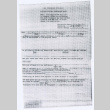
doc
Takami Hibiya's indefinite leave application (ddr-densho-381-140)
Takami Hibiya's leave application from Minidoka concentration camp to work at the Navy Language School at the University of Colorado.
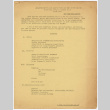
doc
Japanese Groups and Associations in the United States: Community Analysis Report No. 3 March 1943 (ddr-densho-356-1031)
Japanese Groups and Associations in the United States: Community Analysis Report No. 3 March 1944. Report reviewing Japanese social groups like Kenjinkai to determine if they indicate subversion within membership. Also attempts to determine the differences between Buddhism and Shintoism.

doc
Letter to Yuri Domoto from Yoshito Shibata (ddr-densho-356-220)
Envelope and letter to Yuriko Domoto Tsukada from Yoshito Shibata in which he tells Yuriko about his transfer to Camp Savage to study Japanese and the general schedule of the language school. He inquires about her family's adjustment to life in the Assembly center and provides her with his new address.
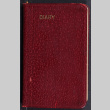
doc
Yuriko Domoto diary 1927 (ddr-densho-356-690)
Yuriko Domoto Tsukada's daily diary from 1927. All the diary pages after March 7th were not scanned as they were blank, however the monthly accounting pages in the back were scanned.
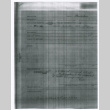
doc
Takami Hibiya suspended leave clearance form (ddr-densho-381-143)
Leave form with a notation from Robert K. Thurber. stating that J.B. (possibly Captain John Hall) does not recommend Takami for leave from the Minidoka camp.
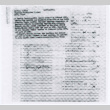
doc
Investigative report of Takami Hibiya (ddr-densho-381-138)
A previously confidential federal investigation of Takami Hibiya's history, family, and American loyalty.
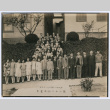
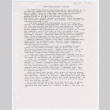
doc
Ryo Tsai Draft Narrative re: Origin of NKHA Exhibit (ddr-densho-446-448)
Ryo Tsai explained how the Nippon Kan Heritage Association (NKHA) Exhibit was conceived and implemented. It was shown at Nippon Kan on Mar 17, 1985 and later at the Seattle Public Library.
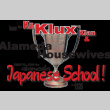
img
How the Ku Klux Klan & Alameda Housewives tried to stop the Alameda Japanese School in 1926 (ddr-ajah-6-237)
Document with photos, clippings and text with history of opposition to the Alameda Japanese School
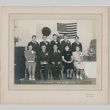
img
Japanese Language School graduation (ddr-densho-458-93)
Eight kids and two adults in a framed folder, during the Japanese Language School Graduation in Redwood City, California, with a Japanese and an American flag behind them. Front row-left to right: Eiko Honda, Juichi Higaki, Mr. Kono, Kiyoko Kono, Namiko Honda. Back row-left to right: Kenji Yamane, Naomi Higaki, Pete Kashima, Hiroshi Nakano, Elmer Adachi. …
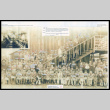
img
Inaugural opening of Elk Grove Japanese School (ddr-csujad-55-1588)
Sepia-toned photograph of a group of students and adults at the inaugural opening of the Elk Grove Japanese language school. Photograph includes identification of some individuals. From left to right, Yamada, Hatsutaro Ishigaki, Kanjiro Omae, George Haruto Omae, Harry Kaname Omae, Frank Yamada, George Shigeru Matsumoto, Shigeo Sakamoto, Makishima, Robert Masaru Matsumoto, Tsunematsu Sugimoto, Elwood Norio …
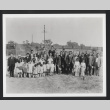
img
Japanese language school in Marysville, California (ddr-csujad-55-2611)
Group photograph at the groundbreaking ceremony for a Japanese language school in Marysville, California. Names are provided with the photo. See this object in the California State Universities Japanese American Digitization project site: sac_jaac_2775

img
Elk Grove Japanese Language School (ddr-csujad-55-2592)
A photograph of Elk Grove Japanese Language School. Bill Matsumoto is second boy from right post. Teacher is sitting in dotted white collar dress. Janie's grandfather, Bill's father with white hair. See this object in the California State Universities Japanese American Digitization project site: sac_jaac_2756

